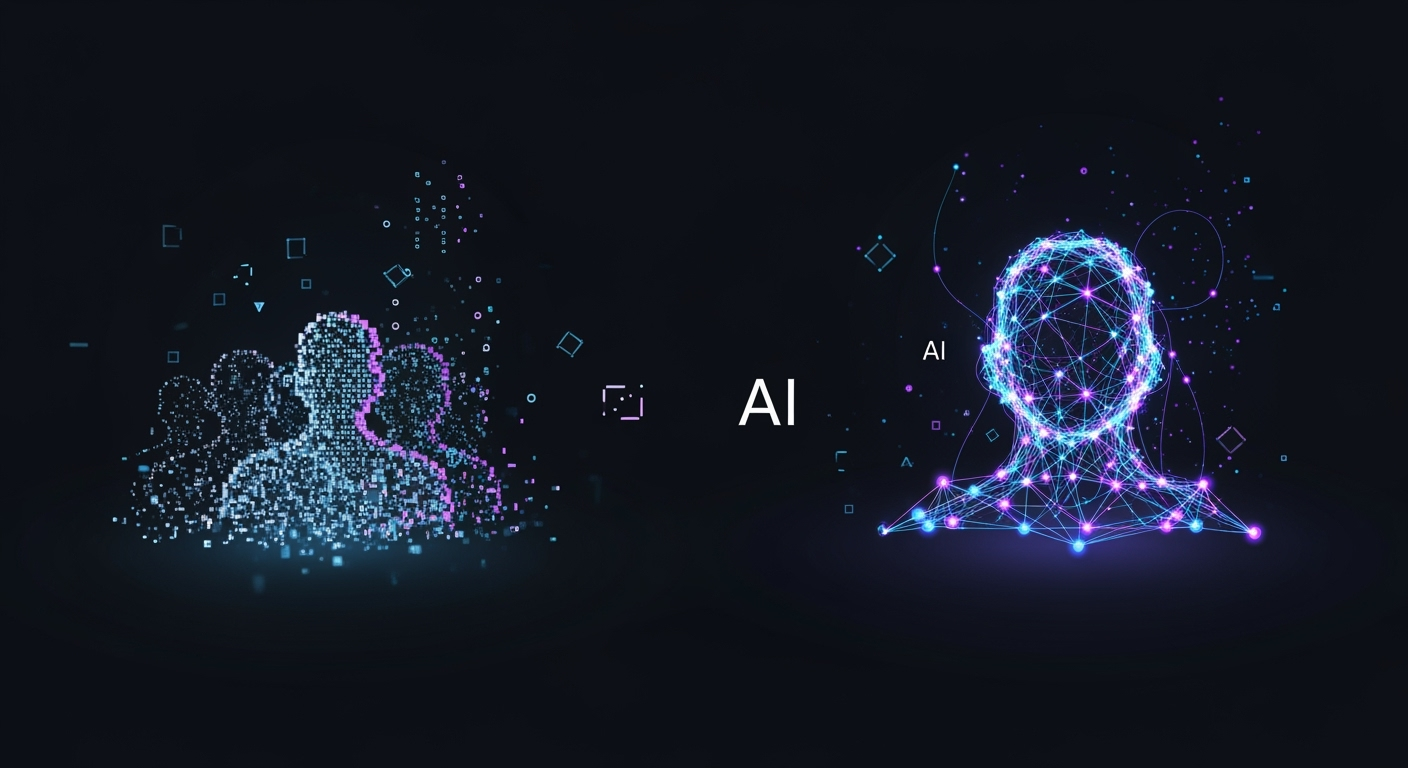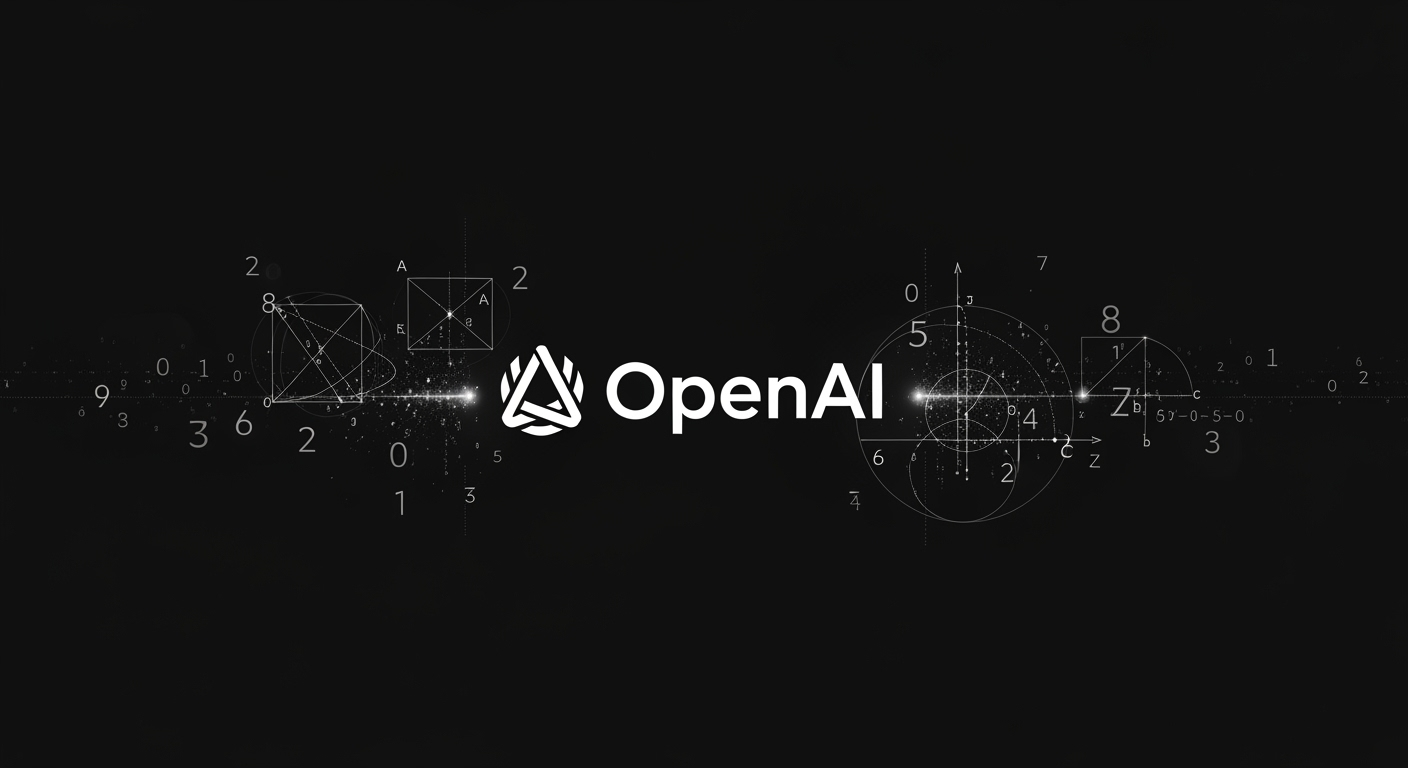Will Smith’s AI Crowd Video Sparks Debate on Authenticity

Will Smith’s AI Crowd Video Sparks Debate on Authenticity
Will Smith recently shared a video on social media capturing what appeared to be massive crowds of enthusiastic fans during his European tour. With the caption, “My favorite part of the tour is seeing you all up close. Thank you for seeing me too,” the video seemed to show genuine moments of adoration, including fans holding signs expressing their heartfelt appreciation—one even claimed that Smith’s music helped them through cancer treatment.
However, on closer inspection, viewers began to notice strange, almost surreal elements within the crowd: distorted faces, unnatural hand positions, and features that looked digitally altered. These oddities quickly fueled speculation that the crowd scenes were generated or enhanced using artificial intelligence. Many fans voiced concerns that the footage might not be authentic, especially considering Smith’s recent challenges with public perception.
Real Fans or AI Illusion?
The video’s authenticity became a hot topic online, as discerning between real and AI-generated content is increasingly difficult. Tech blogger Andy Baio pointed out that Smith had posted other tour photos and videos featuring the same fans and signs as in the video, suggesting that the source material was real. Yet, the new video’s AI-like appearance made it hard for viewers to trust what they were seeing.
It appears that Smith’s team may have blended genuine footage with AI-generated content, possibly using real crowd images as references for digital augmentation. This hybrid approach blurs the lines between reality and fabrication, making it even more challenging for fans to discern the truth.

On the left: images from the questionable video. On the right: previously posted, apparently authentic crowd photos. See more on Will Smith's Instagram.
Social Media and the Trust Crisis
Most social media users are unlikely to investigate past posts for evidence of authenticity. What stands out is the perception that Smith might be using AI fakery to inflate his fanbase, a move that many find off-putting—even if the reality is more nuanced. This incident comes at a time when YouTube is testing new features that use machine learning to enhance video clarity, which may have made Smith’s video look even more artificial.
Rene Ritchie, YouTube’s creator liaison, announced that creators will soon be able to opt out of these automatic enhancements, following backlash from users who felt the changes made videos look less authentic.
The Broader Challenge of AI in Creative Media
While using AI for visual enhancement can be compared to tools like Photoshop or autotune, fans tend to be more skeptical of generative AI. Many perceive its use as deceptive, especially when it blurs the line between genuine moments and manufactured reality. Once trust is broken, it’s tough to win back—even for a beloved figure like Will Smith.
Conclusion
The controversy surrounding Will Smith’s crowd video highlights the growing challenges of authenticity in the age of AI. As creative technology evolves, artists and brands must navigate transparency and trust with their audiences. For now, Smith’s video serves as a reminder: in a world where AI can make the fake look real, trust remains more valuable than ever.





